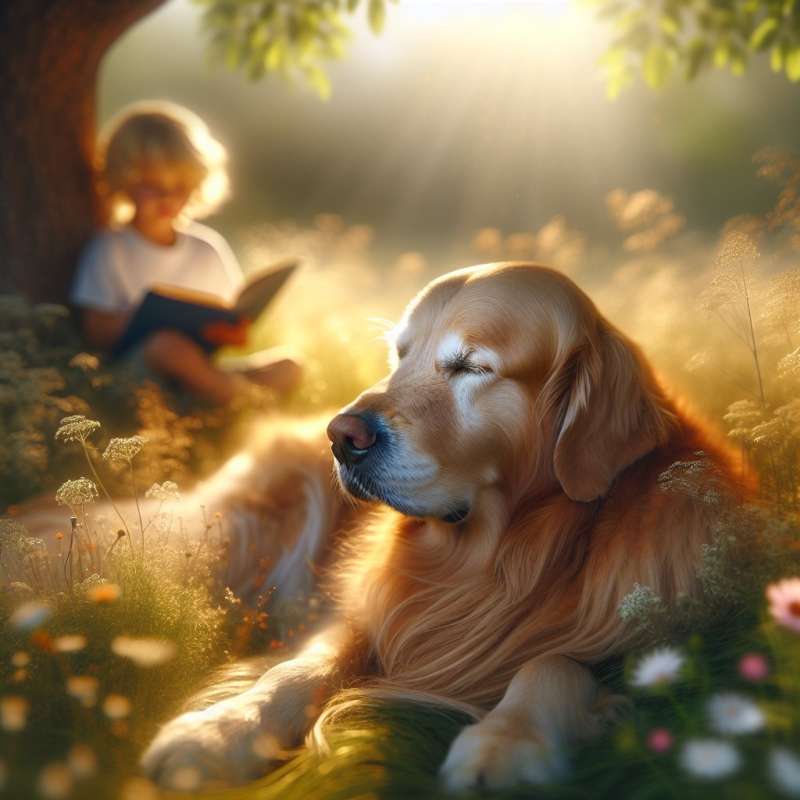
Understanding Canine Sleep
Dogs experience REM (Rapid Eye Movement) and non-REM sleep, just like humans. Understanding their sleep cycle helps us ensure they're getting the rest they need for health and behavior.
Non-REM Sleep Stages
Non-REM sleep in dogs has three stages: N1, N2, and N3. It's a deep, restorative sleep phase where the body repairs itself, and growth and development occur.
REM Sleep Importance
During REM sleep, dogs process information and consolidate memories. This phase is characterized by rapid eye movement, dreaming, and occasional twitching or paw movements.
Thalamus: Sleep Regulation
The thalamus acts as a relay station in the brain. It regulates consciousness, sleep, and alertness, playing a pivotal role in transitioning between sleep stages in dogs.
Hippocampus: Memory Lane
Dogs' hippocampus is critical for forming memories. During REM sleep, the hippocampus processes the day's experiences, strengthening learning and memory consolidation.
Sleep Disorders in Dogs
Dogs can suffer from sleep disorders, including insomnia and narcolepsy. Unusual sleep patterns may indicate health issues, necessitating a vet visit.
Enhancing Canine Sleep
A consistent sleep schedule, comfortable bedding, and a peaceful environment contribute to better sleep for dogs, promoting their overall well-being and cognitive functions.
What cycle do dogs experience?
Only non-REM sleep
REM and non-REM sleep
Only REM sleep
Company